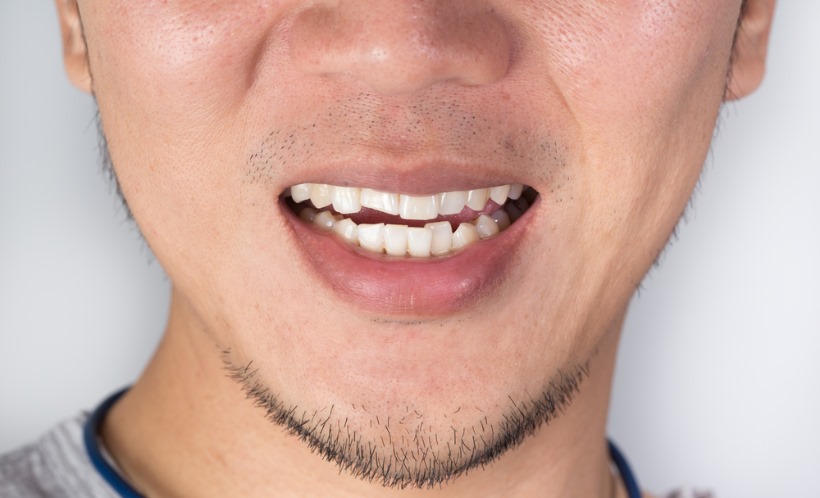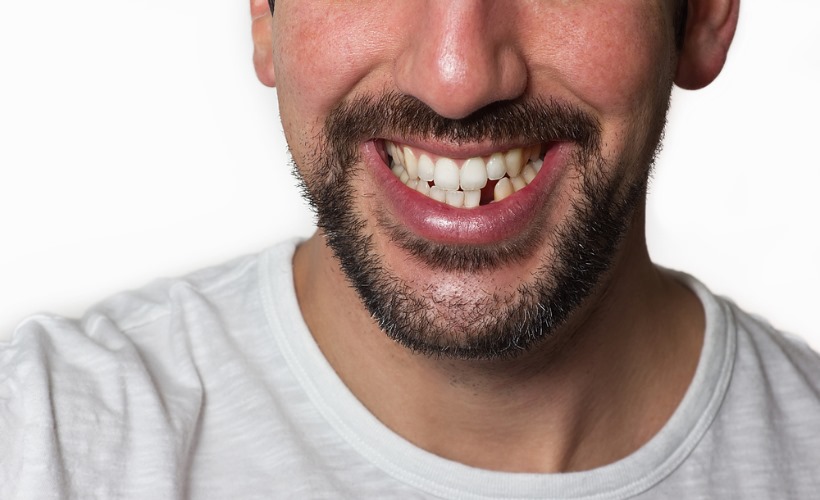It’s hard to know what constitutes a dental emergency, but you may need a visit to the emergency room, a routine visit to your dentist, or after-hours consultation and care. In these cases, determining severity is key to determining next steps. Dental emergencies can range from a chipped tooth to a dental abscess, which could threaten your ability to swallow and breathe. It’s always a good idea to have your dentist’s after-hours contact information available.
Toothaches
Toothaches are common and can happen at any time, but they can also be a warning sign that a cavity is developing. Symptoms can range from minor discomfort to severe pain and swelling. Most minor toothaches can be quickly treated until you see your dentist. If you’re in pain and have swelling or an infection in your mouth, you have a more serious toothache and you should make an appointment with your dentist as soon as possible. Swelling that limits your ability to breathe easily or leads to swelling outside your mouth is a true dental emergency and should be evaluated quickly. If you can’t reach your dentist in an emergency, you should still have the problem evaluated, even if it means going to the emergency room. Emergency rooms can’t always treat dental problems, but they can evaluate the severity of your dental emergency.

Chipped Teeth
A chipped tooth usually isn’t considered a dental emergency unless it’s painful. If you chip your tooth, be careful when you’re chewing to avoid breaking down the tooth any further. Always make an appointment to have the chipped tooth examined by your dentist. Cracked or fractured teeth are more serious and may result in damage inside the tooth. This type of damage merits an emergency appointment with your dentist. Rinse your mouth with warm water and take a non-prescription pain reliever, if necessary. Never apply pain medicine like aspirin directly to the site because it can burn the gum tissue (Davenport, 2017).

Losing a Tooth
It’s a little-known-fact that dentists can often reinsert lost teeth if they’re handled correctly. If you knock out a tooth, pick it up by its top, or crown, to prevent contaminating the root. Place a wash cloth or paper towel in the sink (to prevent losing the tooth down the drain) and rinse it gently to remove debris. If you’re an adult, you should try to put the tooth back in the socket and bite down gently to hold it in place. We don’t suggest this approach for children, where the risk of swallowing the tooth may be greater than fixing it. If you can’t put the tooth back in the socket, place it in a cup of milk, which keeps teeth hydrated better than water (Davenport, 2017), and call your dentist for an emergency appointment. Time is of the essence in this situation because the longer the tooth is out of the mouth, the lower the chance of successful re-implantation.

You can avoid dental emergencies by seeing your dentist regularly for routine check-ups and cleanings. Regardless of how careful you are, accidents happen! So make sure you have your dentist’s after-hours contact information available. An emergency visit to your dentist is likely less expensive than a trip to the emergency room followed by a trip to your dentist. Be prepared. It may save your smile.
Need help finding a dentist? Find one in your network.




